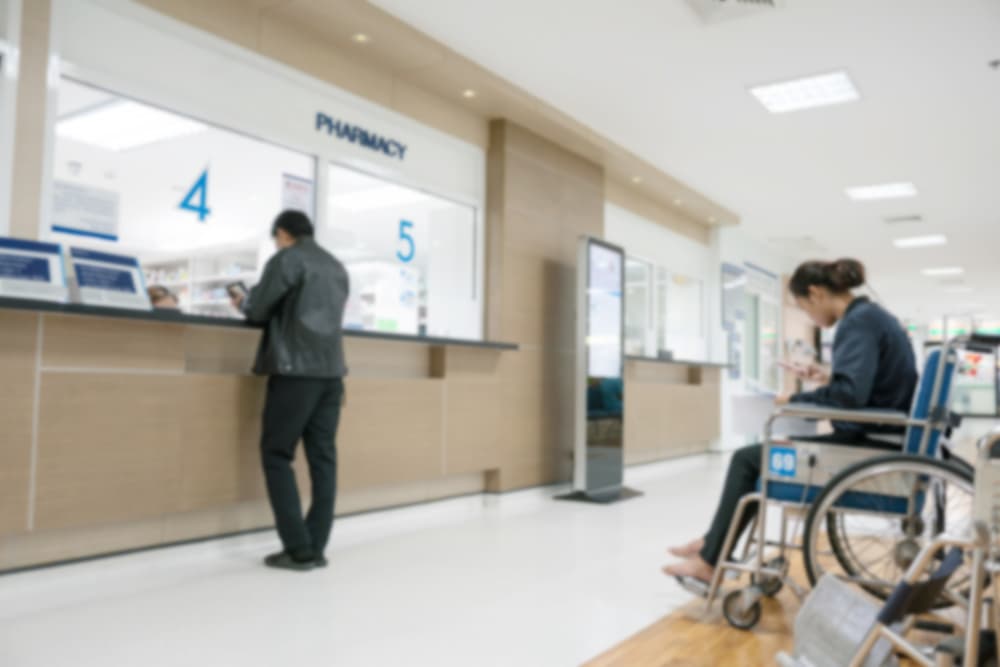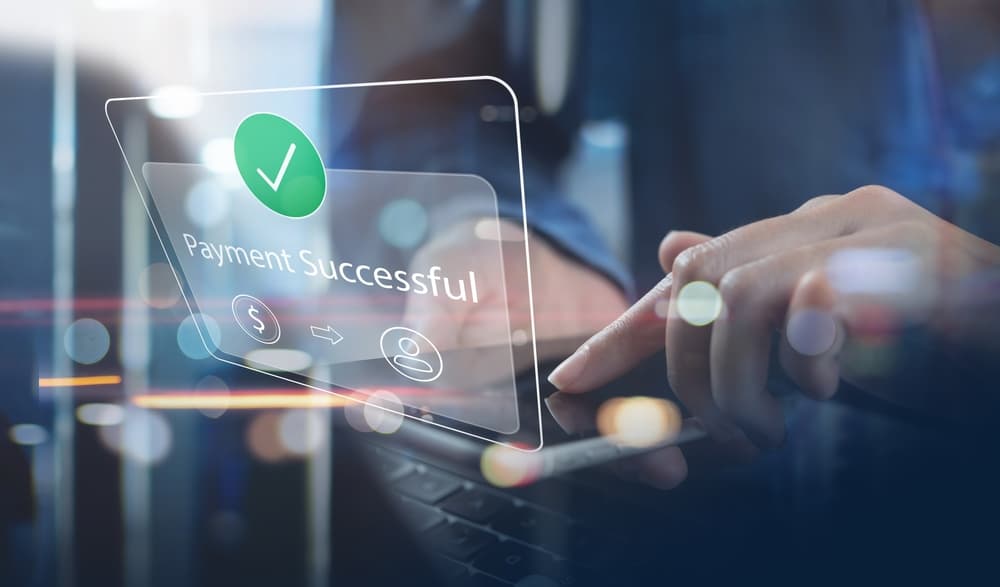In the dynamic healthcare landscape, effective revenue cycle management (RCM) is vital for the financial success of healthcare facilities. Push payments, a relatively new electronic funds transfer (EFT) method, have emerged as a transformative solution. They have gained popularity for streamlining the RCM process and enhancing overall financial performance.
This blog aims to provide healthcare facilities with a comprehensive understanding of push payments, empowering them to make informed decisions about this innovative EFT method. Discover how push payments can potentially revolutionize your revenue cycle management.
Understanding the Healthcare Revenue Cycle
The healthcare revenue cycle encompasses the entire process of collecting and managing patient payments. This includes appointment scheduling, providing services for billing, and collecting and posting payments. Each stage of the RCM process plays a critical role in ensuring the financial sustainability of medical practices.
By optimizing the healthcare revenue cycle, providers can reduce administrative costs, improve cash flow, and enhance financial performance. This, in turn, can contribute to better patient care, improved patient satisfaction, and greater financial stability for healthcare organizations.

What Are Push Payments in the Healthcare Revenue Cycle?
Push payments, or account receivables automation (ARA), are a significant advancement in healthcare RCM. Unlike traditional pull payments, where healthcare providers initiate the request, push payments enable providers to access payments directly.
This proactive and immediate approach eliminates the need for patients to write checks or set up automatic payments manually. It significantly reduces the time and effort providers spend collecting payments.
Benefits of Push Payments in the Healthcare Revenue Cycle
Push payments offer many benefits to healthcare facilities, streamlining the RCM process and improving overall financial performance. Here are some of the key advantages:
Faster Payment Processing
Push payments significantly accelerate the processing timeline, enabling healthcare providers to receive payments more quickly and efficiently. Traditional payment methods, such as electronic bank transfers, can introduce delays and hinder cash flow.
In contrast, push payments allow healthcare facilities to access patients’ payments immediately, eliminating the need for intermediaries and streamlining the billing process. This improves cash flow and reduces the time providers take to reconcile payments and close their books.

Enhanced Security Measures
Push payments offer enhanced security compared to traditional payment methods, safeguarding sensitive financial information from unauthorized access. Checks, paper-based billing statements, and other conventional payment methods are more susceptible to fraud and errors.
Push payments, on the other hand, utilize secure encryption protocols and tokenization techniques. This helps protect sensitive data, minimizing the risk of data breaches and unauthorized transactions. Their heightened security protects patients’ and providers’ financial information, fostering trust and confidence among all parties involved. Additionally, the patient and healthcare facility must agree to use push payments as a recurring payment method in advance.
Reduction in Payment Errors
Push payments significantly reduce the risk of payment errors caused by manual data entry or reconciliation discrepancies. Traditional payment methods often involve manual data entry and processing, which can introduce errors and delays in posting.
Push payments eliminate the need for manual intervention, reducing the likelihood of mistakes and ensuring accurate payment postings. This reduces administrative costs and ensures that providers receive accurate service payments.

Improved Patient Experience
Push payments contribute to a positive patient experience by simplifying the bill payment process. Traditional payment methods can be inconvenient, requiring patients to write checks and set up automatic or mail payments.
Push payments, on the other hand, eliminate these hassles by directly pulling the funds from the patient’s account. This reduces the stress and effort associated with financial obligations. As a result, it can increase satisfaction, loyalty, and positive word-of-mouth recommendations for the provider.
Push Payments vs. Traditional Payment Methods
Traditional payment methods are often inefficient and prone to errors. Push payments, on the other hand, offer a more streamlined, secure, and accurate solution. The table below summarizes the key differences between push payments and traditional payment methods:
| Feature | Push Payments | Traditional Payment Methods |
| Initiation | Provider-initiated | Patient-initiated |
| Payment method | Direct deposit | Check, ACH transfer |
| Processing time | Faster | Slower |
| Security | Enhanced | Lower |
| Error rate | Lower | Higher |
| Patient experience | Improved | Less convenient |

Maintain Profitability and Deliver Quality Care With Revenue Cycle Support
Push payments have emerged as a transformative solution in healthcare revenue cycle management. By streamlining the payment process, enhancing security, reducing errors, and improving patient experience, push payments offer many benefits to healthcare facilities.
As healthcare facilities embrace push payments, the need for skilled professionals to manage this new method becomes increasingly important. NFV Healthcare Group offers staffing solutions and revenue cycle support that provide essential support in this area. Our team of experienced professionals can assist you in implementing and managing push payments, ensuring that your organization stays current and compliant with industry standards.
Contact us today to discover how NFV Healthcare Group can help you harness the power of push payments.

